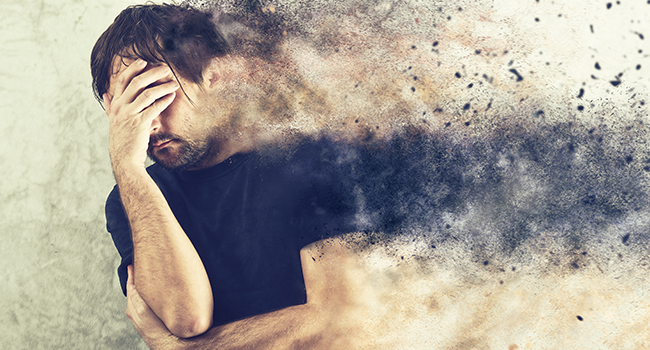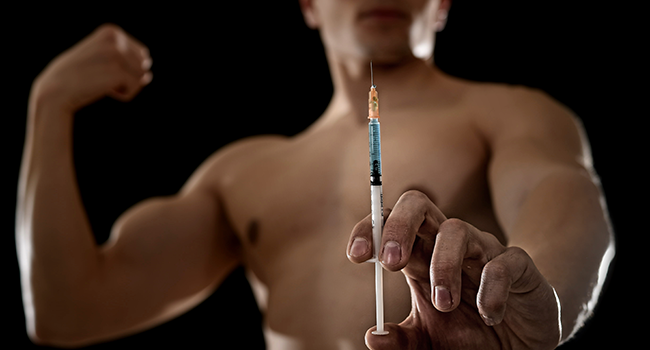The first step to sobriety. It may be just the first step, but it is also one of the most important ones. What to expect? What is detox? Why is it necessary?
When an addict is admitted to a rehabilitation center, he will have to go through a period of detoxification. It is imperative for the addict’s well-being and ensures a much smoother overall experience in the rehab once detox is over. During detox, be it drug or alcohol related, patients are assisted through the first few days of withdrawal. These first days many rehab graduates remember as their most important part, as it marked their first step. A step that was the most dangerous and most painful of their recovery.
A common misconception is that a patient is essentially thrown in a padded cell with a vomit bucket and left there for a few days. Simply cutting off the supply of drugs or as it is commonly referred to – “going cold turkey”. This, however, cannot be further from the truth. First days of withdrawal, after prolonged use of addictive substances is extremely taxing on the human body, both physically and mentally. Simply stopping the use of some drugs is not only life-threatening, it’s also inhumane and prone to create deep-seated mental complications down the road.
The first order of detox process is a careful and thorough examination and risk assessment. A specialist will speak with the addict at length and with deep intimacy, honesty and hard truths are of utmost importance at this stage. Once a profile is established a detox plan is prepared and the patient begins it. No two detox procedures and plans are the same. Human beings are very different from one another, both mentally and physically. Such is the case with the detox plans as well. A heroin user and alcohol user will have drastically different approaches to detox.
There are a couple of addiction types that are potentially life-threatening. One of them is alcohol, the oldest drug in the world. It is considered a central nervous system depressant and once the supply of it is cut off, a possibility of delirium tremens to set in is very high. Another type of addiction that should never be kicked with a cold turkey approach is an addiction to benzodiazepines, most commonly in Valium and Xanax. These drugs also impair the normal function of nervous system and once suddenly removed can lead to a respiratory or cardiac arrest.
Most other substance addictions detoxification is not as life threatening, while still being extremely uncomfortable and often even painful. A sudden change in blood pressure, cold sweats, vomiting and tremors are common occurrences. The body is re-learning crash course on how to self-manage again, without external input and stimulus from various substances. It is not a pleasant process so the rehabilitation specialists and caretakers ensure the addict is safe, as comfortable as possible and mentally engaged.
Depending on each individual addiction profile, patients are sometimes prescribed medication to alleviate the withdrawal symptoms. Alcoholics are usually prescribed Ativan while Methadone is the choice of medication for meth addicts. People who are addicted to prescription drugs like OxyContin and Lortab are often prescribed Suboxone. These medications are prescribed with utmost care and very strict dosage and for a very brief period of time. They are meant to alleviate the withdrawal and detox process, not to replace one addiction with another.
When the detox procedure is deemed finished by the rehab specialists and the first nights of cold sweat and nausea have been endured, the patient is placed in the regular inpatient facilities and begins their regular rehabilitation program.
Different drugs have different withdrawal symptoms. Some can be very dangerous and the “cold turkey” method should never be attempted without proper care and supervision.















